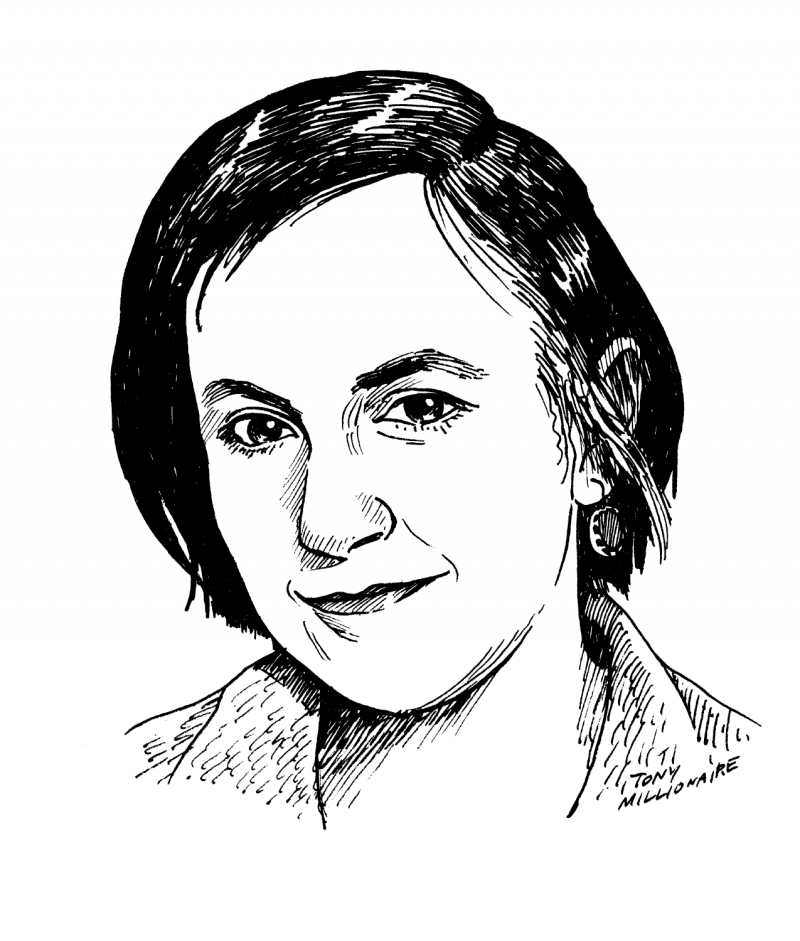By the time I meet him I don’t think of myself as someone who has been raped, but rather someone with a taste for danger. He is eleven years older than me. Eleven, which I have always considered the ideal comedy number since eleven of anything is much funnier than ten of that same thing. I am twenty-two: young. He is thirty-three: older. In his apartment, which looks like a flophouse conceived by an unimaginative film director, he usually turns me onto my stomach and once, in a pilled-out haze, he punches me hard in the chest.
He loves violent movies and true-crime stories and so, full of love and hope, I buy him a book called The Night Stalker, about the serial killer Richard Ramirez, who terrorized wider Los Angeles in the mid-’80s with a series of violent home invasions. The thirty-three-year-old seems happy with the gift and I watch from my parents’ window as he heads toward the train in his navy turtleneck, swinging the paperback jauntily.
One night as we are falling asleep on his bare bed I ask him if all his sex is so “aggressive,” a word I pick because it seems within the bounds of normal, unlike violent or perverted. He says no, that he’s just picking up on the signals I am putting down. I guess this is who I am and what I demand. I guess I will always hurt when it is over.
*
These days it seems like you can’t turn on the TV without watching a woman get murdered. Half the shows being produced revolve around a troubled but ultimately righteous man trying to solve the violent, elaborately sexual deaths of a slew of girls and women. Sometimes he’s doing it to avenge his murdered wife, daughter, or mother. Sometimes it’s to atone for his own sins. And sometimes there’s a twist and it’s a woman who must solve the deaths of these other women, coming face-to-face with the killer (and the killer inside her) in the process. Modern viewers have a seemingly bottomless appetite for female corpses, their skin marred by bruises and burns, gone blue-gray on the table.
After my mother’s best friend died, my mother swore off these kinds of shows. “I don’t need to feel any worse than I already do,” she said, and it seemed like sound logic. Her friend had fallen down the stairs and had lain comatose for a day before her children unplugged her life support. My mother wasn’t in a place to be contemplating prone female bodies, sudden loss that stretches on eternal.
But my father and I can’t resist and after...
You have reached your article limit
Sign up for a digital subscription and continue reading all new issues, plus our entire archives, for just $1.50/month.
Already a subscriber? Sign in





